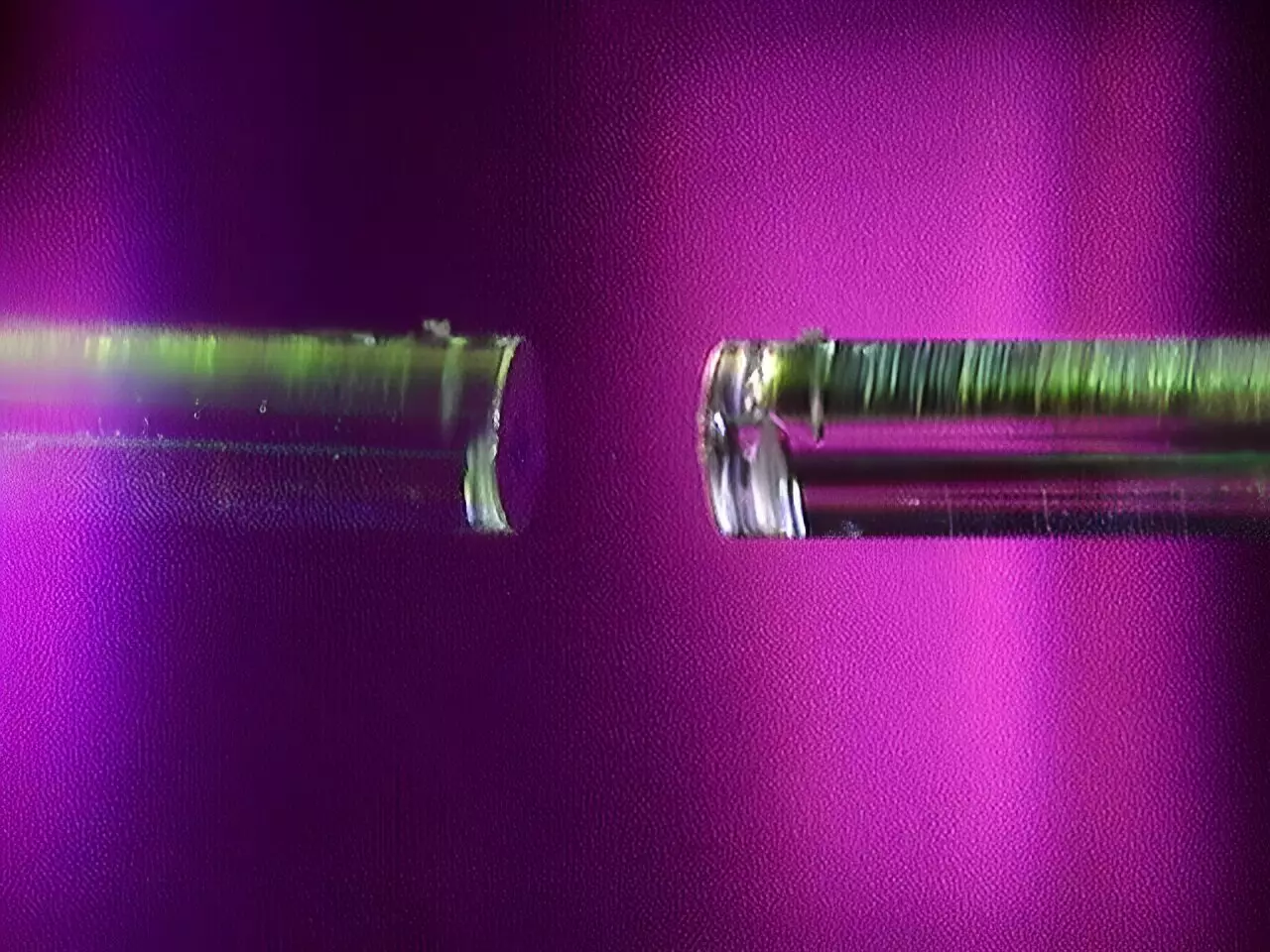The scientific landscape is continuously evolving, driven by breakthroughs that reshape our understanding of the universe at its most fundamental level. The recent progress made by researchers at the University of Wisconsin–Madison exemplifies this progression, opening doors to unprecedented insights into molecular interactions. Their innovation, a highly sensitive method for detecting and analyzing single molecules without reliance on fluorescent labels, signifies a leap forward in precision measurement and experimental clarity. This breakthrough isn’t just an incremental technological upgrade—it potentially redefines how scientists investigate the building blocks of matter, with far-reaching implications across multiple disciplines, from pharmaceuticals to materials science.
While conventional techniques have relied on chemical labels to visualize molecules, these modifications often distort the very phenomena they aim to observe. The new label-free method embodies a philosophy shift: it aims to see molecules in their natural, unaltered state. With such capabilities, researchers are poised to delve deeper into the intrinsic behaviors of molecules, shedding light on interactions that have remained elusive till now. The significance of this advancement extends beyond the technical details—it challenges existing paradigms and promises a more authentic understanding of molecular dynamics.
The Innovation: Merging Physics and Chemistry for Molecular Detection
At the core of this breakthrough is an ingeniously crafted device called an optical microresonator, or microcavity. This tiny but powerful instrument traps light in an exceedingly confined space, enabling interactions with individual molecules under study. Imagine a microscopic stage where molecules perform their subtle dance, illuminated by a controlled light source that reveals their moves without interfering with their natural state. The microcavity, composed of ultra-small mirrors mounted on fiber optic cables, creates a highly controlled environment where light can bounce multiple times within nanoseconds, amplifying the interaction with passing molecules.
This approach capitalizes on the physics of light-matter interaction, a field traditionally confined to optics or electrical engineering, yet now being harnessed for groundbreaking chemical and biological insights. The finesse of this method lies in its ability to detect molecules based solely on their inherent properties, eliminating the need for labels that can alter their structure or behavior. By analyzing how molecules influence the light within the microcavity—such as changes in speed or energy distribution—scientists can infer details about their shape, conformation, and even how they move through different environments like water.
This combination of disciplines underscores a fundamental truth—scientific innovation often occurs at the intersections of fields. The successful translation of concepts from physics into chemical and biological research exemplifies the creative spirit necessary for profound breakthroughs. It’s not merely a technical achievement but a philosophical one: it affirms the importance of cross-disciplinary thinking in solving complex scientific puzzles.
Implications: From Drug Discovery to Material Innovation
The potential applications of this label-free detection method are both exciting and expansive. In the realm of drug discovery, understanding how molecules interact at a conformational level in real-time can accelerate the process of identifying promising therapeutic compounds. For instance, knowing whether a drug molecule induces a specific change in a target protein’s shape can inform whether it might effectively bind and modulate its activity—information critical for developing new medicines more rapidly and accurately.
Beyond pharmaceuticals, the technology could revolutionize the field of materials science. By observing individual molecules, scientists can gain insights into how substances assemble, how defects form, or how electrons move within nanostructures. Such knowledge is essential for designing next-generation materials with unprecedented properties, from superconductors to ultra-strong composites.
Furthermore, this method’s speed and sensitivity suggest it could serve as a powerful diagnostic tool. Imagine a future where medical tests detect disease markers in biological fluids at the single-molecule level within seconds, offering rapid and highly precise diagnostics. The versatility extends into spectroscopy, where detailed molecular fingerprinting without labels could become routine, providing richer data sets than ever before.
A New Era in Scientific Exploration or Just a Step?
While the scientific community rightly celebrates this milestone, there’s a sense that this is just the beginning of a broader transformation. The development of such sensitive, label-free techniques raises questions about how research paradigms will shift. Will traditional methods become obsolete? Or will they serve as complementary tools within a larger toolkit? It’s likely the latter, with the new microcavity method filling critical gaps where other techniques fall short.
However, it’s crucial to maintain a healthy skepticism. As with many technological advances, translating laboratory success into practical, widespread applications is a complex challenge. Manufacturing these microcavities at scale, ensuring reproducibility, and integrating them into existing workflows require considerable effort. Moreover, interpreting data from such delicate measurements demands sophisticated algorithms and computational resources. The journey from scientific novelty to commonplace utility involves addressing these hurdles with incisive critique and rigorous validation.
Despite these challenges, the momentum behind this innovation highlights a fundamental truth: understanding matter at its smallest scales is central to advancing human knowledge and capabilities. This breakthrough signals not only a significant technical achievement but a philosophical shift—toward observing life’s molecular fabric in its genuine form, unadulterated and thus more revealing. As scientists refine this technology, the question isn’t just how much more we will learn but how profoundly it will reshape our perception of the microscopic universe.

